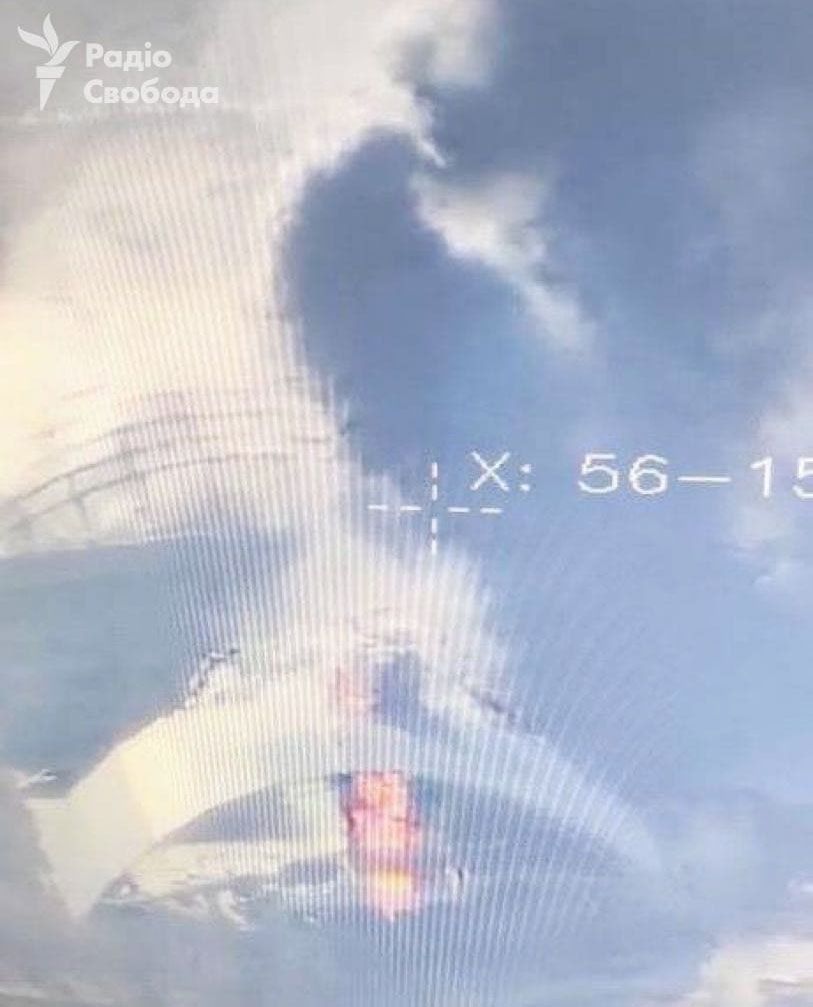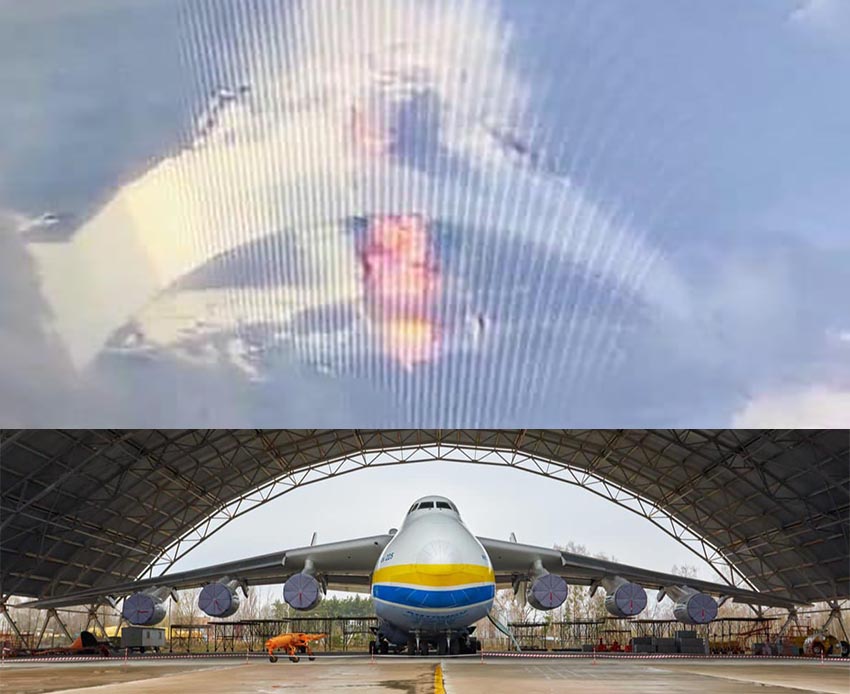Russia's invasion of Ukraine has destroyed a "large" part of its own space history, with reports now confirming the fate of an enormous aircraft that was originally built to transport Soviet space shuttles.
Once the world's largest flying machine by both wingspan and weight, the Antonov An-225 "Mriya" ("Dream") was parked in an open-air hangar undergoing repairs at Hostomel (or Gostomel) airport, located to the northwest of Ukraine's capital city of Kyiv, when Russia launched its attack against the country on Thursday (Feb. 24).
Four days later, the news came that the one-of-a-kind aircraft was no more.
"The biggest plane in the world, "Mriya" (The Dream), was destroyed by Russian occupants on an airfield near Kiev," the official Twitter account for the country of Ukraine reported on Sunday.
The Antonov Company, which since 2001 has operated the AN-225 as a heavy-lift cargo freighter, also took to Twitter to say it could not confirm the aircraft's status.
"Currently, until the AN-225 has been inspected by experts, we cannot report on the technical condition of the aircraft," the company wrote.
The news followed a string of unconfirmed reports that the Mriya had come under fire by Russian helicopters in an attack against the airport on Friday. The chief pilot for Antonov Airlines, the air transportation division of the Antonov Company, confirmed the attack but said that the aircraft was still intact in a post he made on Facebook that same day.
"Hostomel airport now under Russian airborn [sic] forces," wrote Dmitry Antonov. "From the positive, Mriya is whole."
Later, Radio Liberty circulated on social media a photo, possibly taken by a drone, showing a fire rising from a hangar that appeared to match the known location of the AN-225. Aircraft enthusiasts shared marked up versions of the image, labeling what could be the Mriya's engines protruding out from the hangar.
Ukroboronprom, the state-owned defense corporation under which the Antonov Company operates, declared the AN-225 lost in a statement posted to its website on Sunday afternoon.
"Russia has targeted Mriya as a symbol of the capabilities of Ukrainian aviation," the statement read. "The occupiers destroyed the plane, but they will not be able to destroy our common dream. She will definitely be reborn."
"It is estimated that this will take more than $3 billion and more than five years. Our task is to ensure that these costs are covered by the Russian Federation, which caused intentional damage to Ukrainian aviation and the air cargo sector," the corporation's officials said.



Comments
Post a Comment